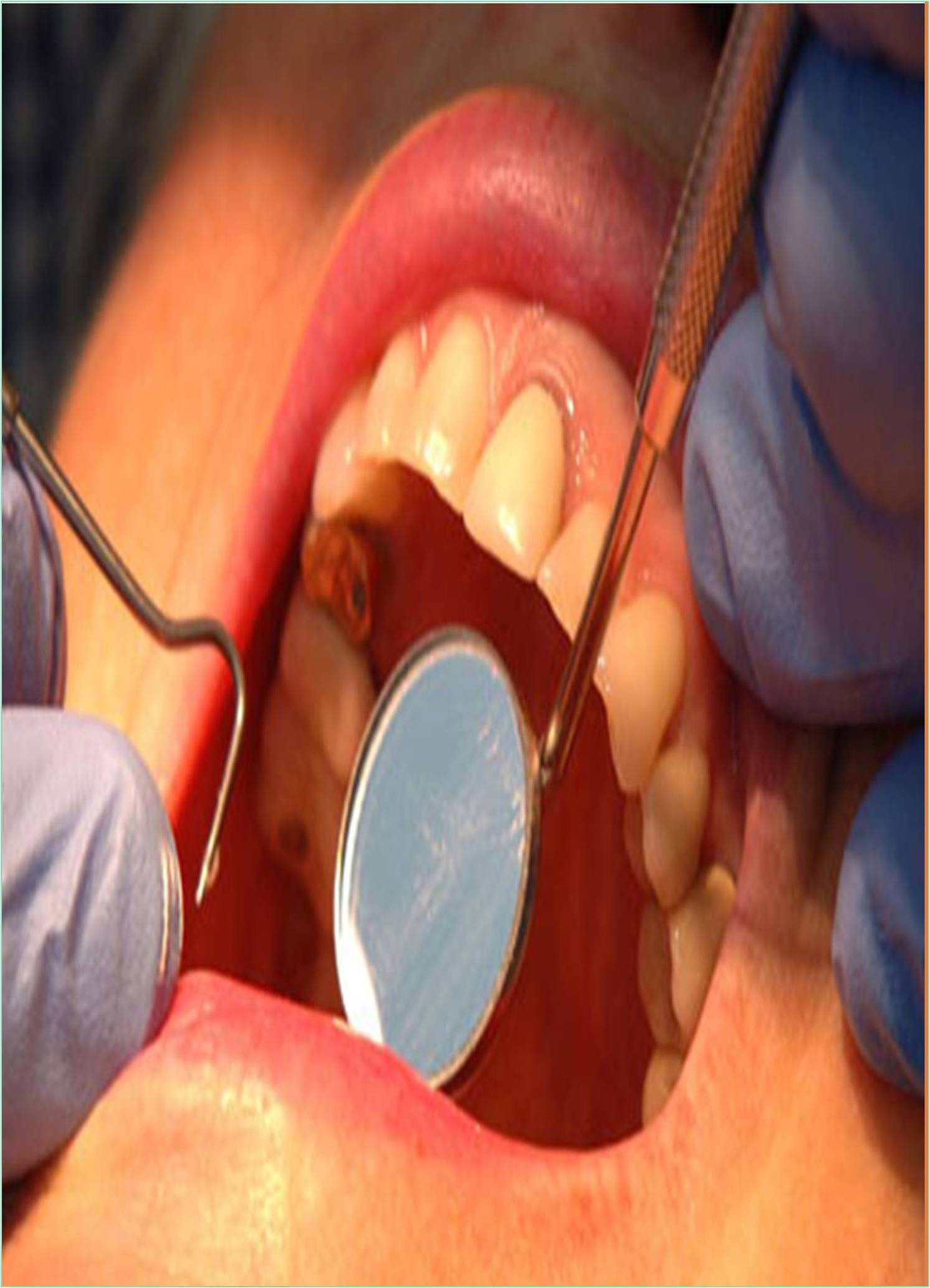



Received: 07-Feb-2022, Manuscript No. GJDOH-22-59049 ; Editor assigned: 10-Feb-2022, Pre QC No. GJDOH-22-59049 (PQ); Reviewed: 24-Feb-2022, QC No. GJDOH-22-59049 ; Revised: 02-Mar-2022, Manuscript No. GJDOH-22-59049 (R); Published: 09-Mar-2022, DOI: 10.15651/2449-1918.22.9.004
Dental Pulp Stem Cells (DPSC’s) are a valuable source for cell therapy and have the potential to advance current strategies in regenerative medicine. Although a complete understanding of DPSC’s tissue repair mechanisms is still in its preliminary stages, the plasticity of DPSC to the environment has made them a notable resource for treating disease.
Stem cells derived from human dental pulp have a wide range of uses in regenerative medicine. Dental pulp stem cells are considered as neural crest cells. It is known to have higher regenerative capacity than bone marrow-derived mesenchymal stem cells.
The natural function of DPSC in the production of odontoblasts that form reparative dentin supports the regeneration of tooth structure. However, they are also effective in repairing the tissues on the outside of the teeth. The ease of isolation of DPSC from discarded or removed teeth provides a promising source of autologous cells, and its similarity to Bone Marrow Stromal Cells (BMSC) suggests application to muscu -loskeletal regenerative medicine.
Other types of Human Dental Pulp Stem Cells (HDPSC) include the dental pulp of human exfoliated deciduous teeth, the root apical papilla of human teeth, and the dental pulp of human supernumerary teeth, i.e., Stem cells from Human Exfoliated Deciduous teeth (SHED), Stem Cells from Apical Papilla (SCAP), and human Su -pernumerary Tooth-derived Stem Cells (SNTSCs).
DPSC is effective for various diseases such as Spinal Cord Injury (SCI), Parkinson’s Disease (PD), Alzheimer’s Disease, cerebral ischemia, myocardial infarction, muscular dystrophy, diabetes, liver disease, eye disease, immune disease and oral diseases.
Properties of Dental Pulp Stem Cells
The DPSCs properties are similar with mesenchymal stem cells. The properties of DPSCs include
• Multipotency
• High proliferation activity
• Self-renewal capacity
• In vivo tissue regeneration capacity
• Colony-forming unit-fibroblasts forming ability
• Expression of cell-surface markers
• Immunomodulation
Applications
Dental Pulp Stem Cells (DPSC’s) have great potential for the spread of applications in somatic cell research and regenerative medicine. The varied uses of DPSC’s supported recent studies with respective tissue regenerative capacity, multi-potency, and immune modulatory factors are as follows:
Regeneration of dentin/pulp complex: Regeneration of the dentin-pulp complex is based on vascularization. Administration of vascular endothelial protein promotes vascularization, but has a short half-life. It is increased by binding to heparin. DPSC autologous transplantation has been a clinical attempt to regenerate the dentin pulp complex.
Periodontal regeneration: It is an alternative source in the treatment of periodontal disease.
Root regeneration: Root growth is considered to include in tooth development. The regenerated root-like structure acts as a masticatory organ, likely natural porcine teeth.
Bone regeneration: Evaluation of bone regeneration by DPSC’s, clinically and radiologically by using collagen scaffolding, the results showed that complete radiological bone regeneration could be observed within 3 months after colonization on the scaffold.
Tooth regeneration: Histological analysis showed that the pattern of tissue engineering tooth development was very similar to the pattern of natural tooth development with significant regeneration of enamel, dentin, and cementum.
Cell transplantation: The efficiency of cell transplantation of HDPSCs in various diseases is discussed.
Central nervous system: CNS usually has limited pool of progenitor cells, which reduces their ability to repair and regenerate new neurons. Exogenous stem cells (DPSCs) lead to the regeneration of new neural progenitor cells and the promotion of their neuronal and glial differentiation.
Stroke: Stroke is an ischemic cerebrovascular condition that leads to brain damage, long-term disability, and even death. DPSCs promote functional recovery after ischemic stroke by immunomodulation.
Muscular: DPSCs can differentiate into dystrophin-producing multinucleated muscle cells and can be utilized in disorders such as muscular dystrophy, wherein, the body is unable to produce dystrophin.
Infertility: The potential of DPSCs can also be used in the treatment of infertility.